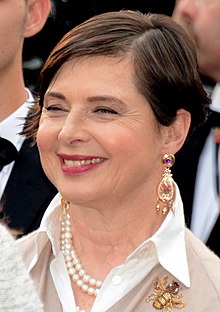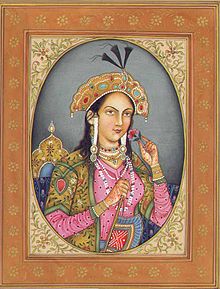A solar eclipse, or suraj grahan as it is known in Pakistan, is set to occur on June 21 and would be visible in some cities across the country, the Pakistan Meteorological Department (PMD) Climate Data Processing Centre has said in a statement.

According to the centre, "an annular solar eclipse happens when the moon covers the sun's centre, leaving the sun's visible outer edges to form a 'ring of fire' or annulus













